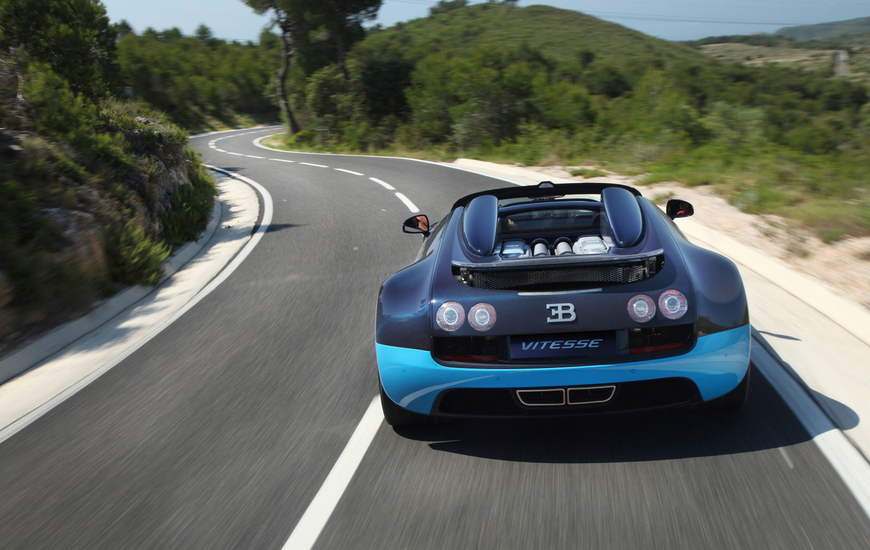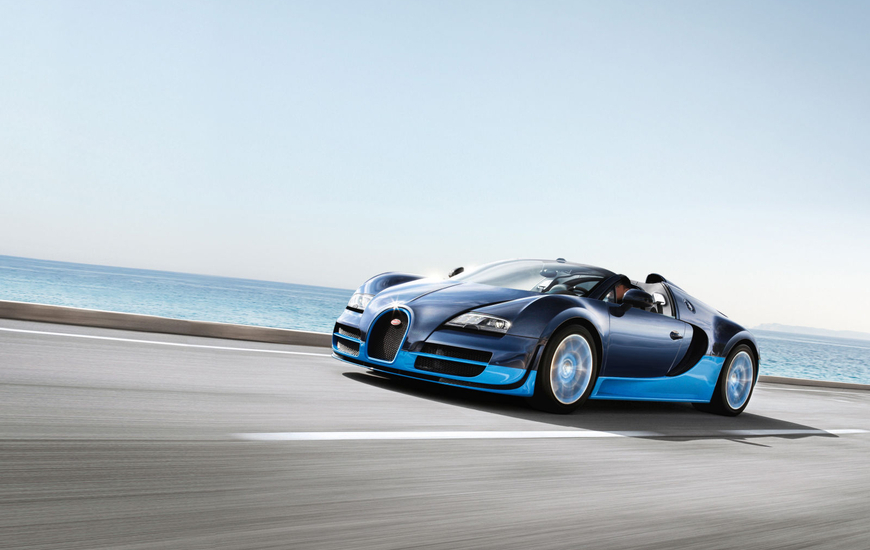Bugatti unveiled the Veyron 16.4 Grand Sport Vitesse, the open-top version of the Veyron 16.4 Super Sport, in 2012. Soon after, the roadster broke the speed record for open-top vehicles – and holds it to this day.
1,200 PS in a roadster – with the introduction of the Veyron 16.4 Grand Sport Vitesse in 2012, Bugatti set new standards of power and performance from a roadster. A year later, the extraordinary hyper sports car cemented its unique status in the automotive world by hitting a top speed of 408.84 km/h – establishing itself as the world’s most powerful and fastest production roadster, a record for open-top vehicles that still stands today.
President of Bugatti Automobiles Christophe Piochon remembers how, after the Veyron 16.4 Super Sport coupé introduced the world to the 1,200 PS W16 engine, customers expressed their desire for an open-top version which boasted the same inconceivably high power output. The engineers spent the subsequent months developing the Veyron 16.4 Grand Sport Vitesse.
The greatest challenge when it came to the new roadster was achieving sufficient driving stability and redefining the rollover protection and the removable roof of the predecessor Veyron 16.4 Grand Sport. The Veyron’s very specific structural design needed to be further reinforced. To achieve this, a removable roof module made from lightweight polycarbonate was created, which made open-top driving possible in just a few manual steps. What sounds straightforward was in reality anything but - in the coupé the roof is an integral part of the monocoque frame that helps provide the car with its outstanding stability. In the roadster, reinforcements with extremely high torsional rigidity of 22,000 Nm per degree along calculated load paths had to be added to achieve the necessary rigidity and safety standards.
The extremely sturdy and light passenger compartment built in the monocoque design required an optimum combination of body rigidity and lightweight construction. If an integral part of the structure – i.e. the roof – is removed, the load paths need to be redefined in order to maintain the vehicle’s high rigidity and crash safety that include side impact and rollover protection.
-

-
09 August 2022























